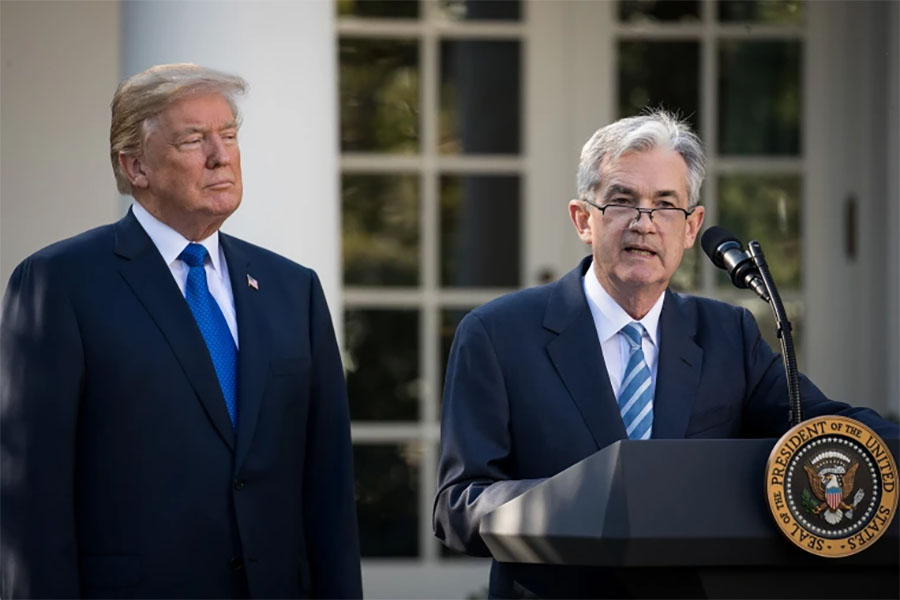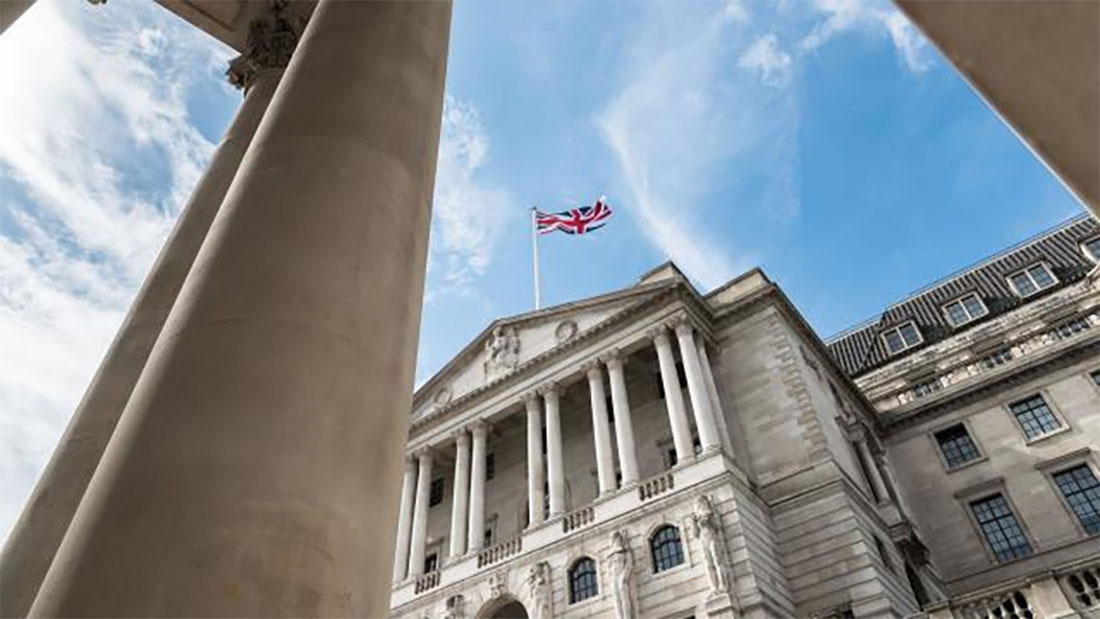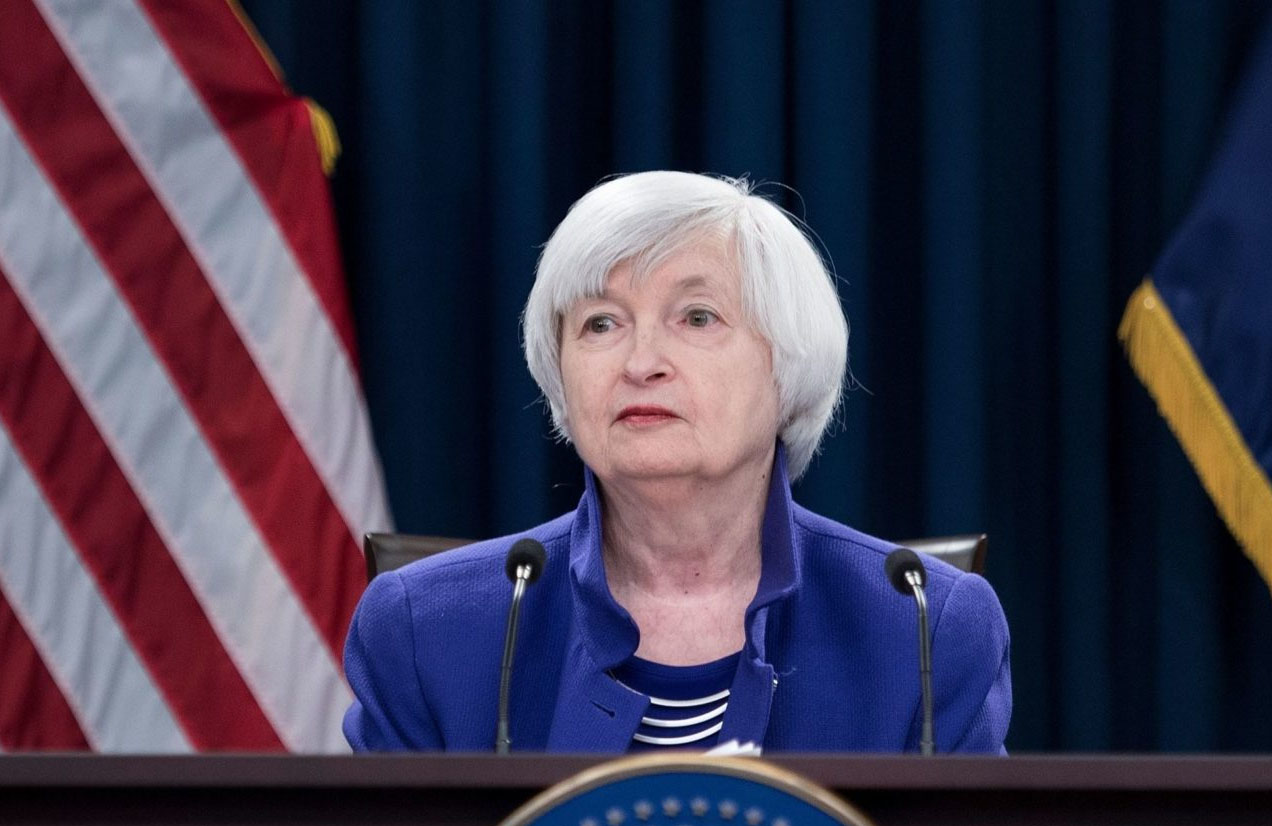MARKETS TUMBLE AS TRUMP SLAMS POWELL, STOCKS, DOLLAR DROPS WHILE GOLD SOARS



Photo Credit: Getty Images
The Dow Jones Industrial Average dropped 491 points, or 1.2%, while the S&P 500 shed 2.1% and the tech-heavy Nasdaq plummeted 3.4%. This sharp decline follows a painful previous week when the S&P 500 lost 3.1%, the Dow fell 2.4%, and the Nasdaq shed 3.5%.
"We are in the throes of a manufactured correction," said Sam Stovall, chief investment strategist at CFRA Research. "It's really based in response to the new administration's tariff programs, or at least threats of tariffs, and what kind of an impact that will have on the economy."
The "Magnificent Seven" tech giants bore the brunt of Monday's selloff. Tesla shares plunged 8%, while Alphabet dropped 4%, and both Meta and Nvidia fell 5%, reflecting growing anxiety about how these companies might fare in an economic downturn.
Investor nerves were further rattled after Trump's Sunday Fox News interview where he described the economy as going through "a period of transition" when questioned about recession possibilities. This vague acknowledgment has heightened market uncertainty about the administration's economic strategy.
The CBOE Volatility Index (VIX) – Wall Street's "fear gauge" – surged more than 10% to 25.93 on Monday, reaching its highest level since December 2024, signaling heightened investor anxiety.
Goldman Sachs responded by downgrading its 2025 economic growth forecast from 2.4% to 1.7%. "We now see the average U.S. tariff rate rising by 10 percentage points this year, twice our previous forecast and about five times the increase seen in the first Trump administration," wrote Jan Hatzius, Goldman's chief economist.
Consumer sentiment is also showing signs of strain. A New York Federal Reserve survey revealed the perceived likelihood of missing minimum debt payments rose to 14.6%, the highest since April 2020. Additionally, 27.4% of households now expect a worse financial situation in the coming year – the highest percentage since November 2023.
Market attention now turns to this week's inflation data, with February's Consumer Price Index due Wednesday followed by Producer Price Index figures on Thursday. "What actually could be encouraging to investors is that the Street and our economists are forecasting more favorable readings in both headline and core CPI," noted Stovall.
As the market approaches oversold territory, investors remain divided on whether any positive economic news might trigger a meaningful recovery or merely a temporary bounce before further declines. With the S&P 500 and Nasdaq down 6% and 9% respectively over the past month, Wall Street continues to navigate a precarious path through this administration-driven market correction.

Photo Credit: Eric Nzioka
The recent escalation in trade tensions between the United States and China has sent a global plunge through global financial markets, marking one of the most significant economic crashes since the onset of the COVID-19 pandemic. On April 4, 2025, the Dow Jones Industrial Average plummeted by a staggering 2,231 points, following a previous day's drop of 1,679 points, triggered by China's retaliatory tariffs in response to President Trump's aggressive tariff policies. This two-day sell-off erased a colossal $6.4 trillion in market value, underscoring the profound impact of tariff disputes on global economic stability.

Photo Credit: Getty Images
A major policy change, the Bank of England has lowered its base rate of interest by 0.25 percentage points to 4.5%, its lowest since June 2023. This decision, on 6 February 2025, takes place against the backdrop of the Bank cutting in half its 2025 economic growth projection from 1.5% to 0.75% due to subdued business and household morale and anemic productivity growth.

Photo Credit: Getty Images
Sales of previously owned homes in the United States beat analysts' forecasts in February, jumping 4.2 percent to an annual rate of 4.26 million, according to the National Association of Realtors (NAR). The increase, driven by rising inventory, exceeded expectations of 3.95 million, Briefing.com reported Thursday.


Photo Credit: Getty Images
The Bank of England (BoE) kept its key interest rate at 4.5 percent Thursday, citing economic uncertainty driven by US President Donald Trump's tariffs. The decision comes despite stagnant UK economic growth and persistent inflation, which might have prompted a rate cut.
"There's a lot of economic uncertainty at the moment," Bank of England governor Andrew Bailey said in a statement.

Photo Credit: Getty Images
The IMF announced on Tuesday that global growth is anticipated to slow modestly to 3.2 percent this year, maintaining that rate through 2025. However, they cautioned that these stable figures conceal "significant" changes occurring at regional and sectoral levels.
Photo Credit: Getty Images US financial markets plunged dramatically on Monday as President Donald Trump...
Photo Credit: Eric Nzioka The recent escalation in trade tensions between the United States and...
Photo Credit: Getty Images Sales of previously owned homes in the United States beat analysts'...
Photo Credit: Getty Images The Bank of England (BoE) kept its key interest rate at 4.5 percent...
Photo Credit: Getty Images The Dow Jones Industrial Average dropped 491 points, or 1.2%, while the...
Photo Credit: Getty Images A major policy change, the Bank of England has lowered its base rate of...
Photo Credit: Getty Images The U.S. economy continued its robust performance in the third quarter...
Photo Credit: Getty Images The IMF announced on Tuesday that global growth is anticipated to slow...
Photo Credit: Getty Images US consumer inflation eased a bit more than anticipated last month,...
Photo Credit: Getty Image The U.S. Treasury market experienced a seismic shift Monday as 10-year...
Photo Credit: Getty Images U.S. hiring surged in September, exceeding expectations and pushing...
Photo Credit: Getty Images The latest Consumer Price Index (CPI) data released Wednesday showed...